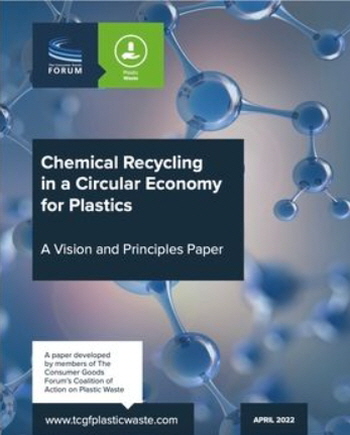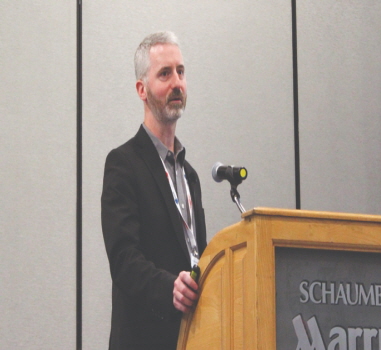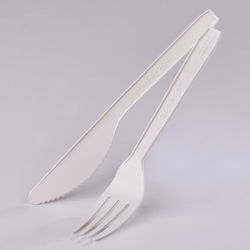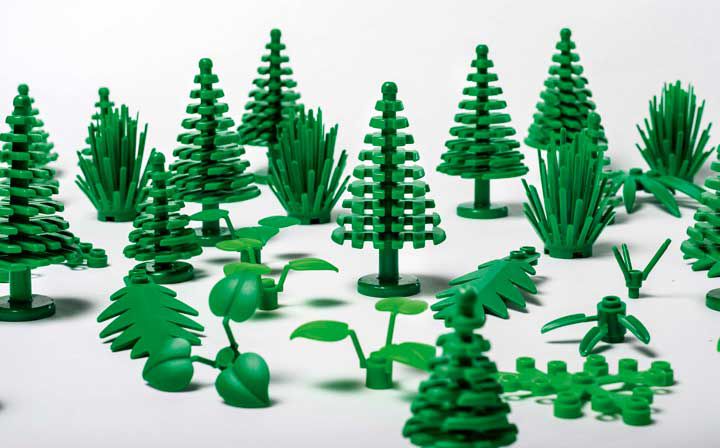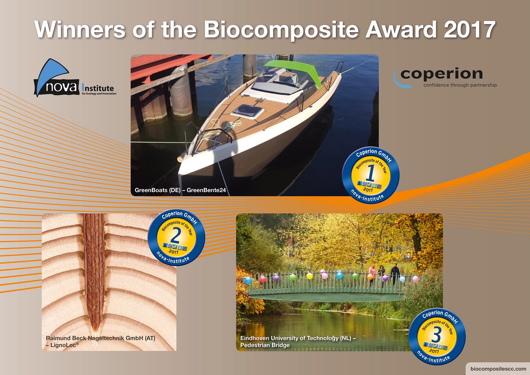Bio magazine
Microplastics Found in Global Bottled Water
작성자 : Aeyoung Park
2018-03-29 |
조회 : 16048
Thousands of Particles Identified across 11 International Brands
New Orb Media research and reporting shows that a single liter of bottled water can contain thousands of microplastic particles. Exclusive tests on more than 250 bottles from 11 leading brands worldwide reveal widespread contamination with plastic debris including polypropylene, polyamide, and polyethylene terephthalate (PET).
▲ Commissioned by the Washington-based Orb Media, a study has found that a large number of plastic bottled water brands contain microplastics (© Fotolia.com/anibal) |
Plastic was identified in 93 % of the samples, Orb Media says. The global average was 325 particles per liter. Particle concentration ranged from zero to more than 10,000 likely plastic particles in a single bottle. The study was supervised by Dr. Sherri Mason, Chair of the Department of Geology and Environmental Sciences at the State University of New York at Fredonia, a leading microplastics researcher.
Brands tested included Aqua (Danone), Aquafina (PepsiCo), Bisleri (Bisleri International), Dasani (Coca-Cola), Epura (GEPP*), Evian (Danone), Gerolsteiner (Gerolsteiner Brunnen), Minalba (Grupo Edson Queiroz), Nestlé Pure Life (Nestlé), San Pellegrino (Nestlé), and Wahaha (Hangzhou Wahaha Group). Orb Media reporters purchased bottled water in 19 locations across nine countries on five continents, including through Amazon. All purchases made were of a pre-packed case of water (no single bottles). All purchases and shipments to the lab were video documented. Countries included Brazil, China, India, Indonesia, Kenya, Lebanon, Mexico, Thailand, and the United States. The majority of the samples came in plastic bottles though water in glass bottles also held microplastic.
Researchers counted plastic particles in the 100 micron (0.10 millimeter) size range or smaller as microplastics. For plastic particles in the 100 micron size range, tests conducted for Orb Media at the State University of New York at Fredonia revealed a global average of 10.4 plastic particles per liter. The tests also showed a much greater number of even smaller particles that researchers have noted are also likely plastic. The global average for these particles was 325 per liter.
Researchers analyzed bigger particles, about 100 microns (0.10 millimeters), by Fourier-Transform Infrared spectroscopy (an industry standard infrared microscope), which beams infrared light into an object to read its molecular signature. To quantify the particles, Orb Media developed a counting method that recorded the number of fluorescing objects in photographs of lab filters.
The study has not been published by a journal or peer-reviewed and referring to the results of the study. Orb Media says that "What this means for human health is unknown."
IBWA Response
According to the International Bottled Water Association, Alexandria, VA/USA, the Orb Media study is not based on sound science, and there is no scientific consensus on testing methodology or the potential health impacts of microplastic particles. IBWA says that microplastic particles are found everywhere – soil, air, and water. And, as the Orb Media report states itself, currently there is no evidence that microplastics can cause harm to consumers. "Orb Media’s position on microplastics seems to be based on the faulty premise that if this substance is found in a bottled water product that it presents a health concern, even if no regulatory standard has been established. Because there is no scientific consensus about the potential health impacts of microplastic particles, the US Food and Drug Administration (FDA) has not issued any regulations concerning these substances in foods and beverages."














